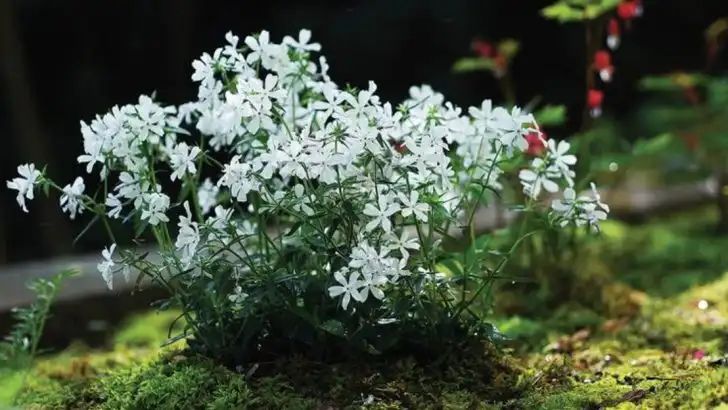I used to walk that narrow gravel path every day—until one season, I simply stopped. Weeks turned into months, and the path sat untouched, slowly disappearing under windblown seeds and shifting soil.
But what surprised me wasn’t the overgrowth—it was the way the garden reshaped the path itself. Certain plants anchored the edges. Others softened ruts or stabilized erosion. A few even created a new route, guided by shade, moisture, and instinct.
This is the story of how my plants reclaimed and redesigned a forgotten space, showing that sometimes the best landscaping happens when we step back and let nature do the work.
The Resilient Moss
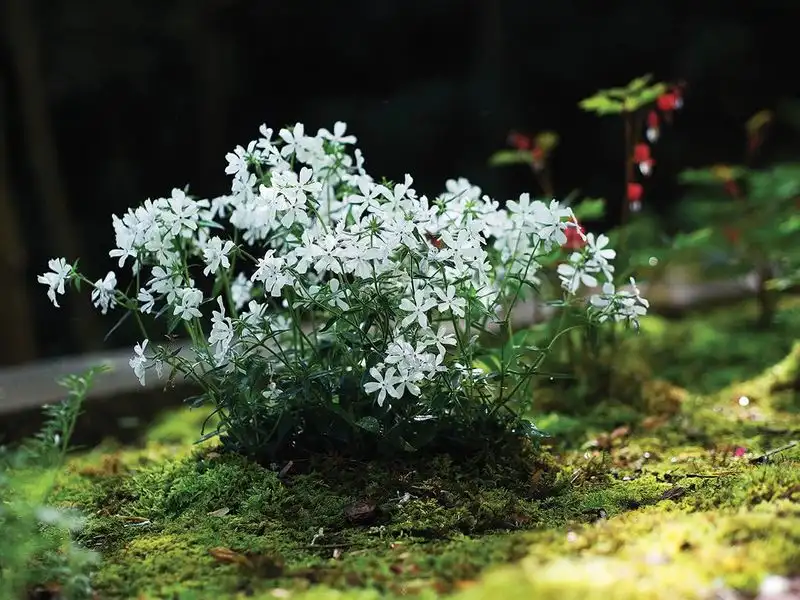
Once dismissed as an unwanted guest, moss turned out to be the unlikely hero. Its soft, velvety texture filled in the harsh cracks, creating a verdant tapestry.
In the early morning light, the dew-kissed moss glistened, adding a touch of serenity to the rugged path. It became more than just a filler; it was a revitalizing force.
The presence of moss signaled a thriving ecosystem, teeming with insects and micro-organisms. This simple plant, once overlooked, now emphasized the beauty of nature’s subtle artistry.
Creeping Thyme’s Aroma

Creeping thyme, with its delicate purple blooms, gracefully spread across the stones. Its pleasing scent wafted through the garden, awakening the senses of anyone who strolled by.
This unassuming herb, with its aromatic quality, added a layer of sensory delight to the visual transformation. Occupying spaces between stones,
creeping thyme prevented soil erosion and provided a habitat for beneficial insects. Its presence made every step on the path a fragrant journey, inviting guests to linger longer in nature’s embrace.
Ferns’ Whimsical Touch
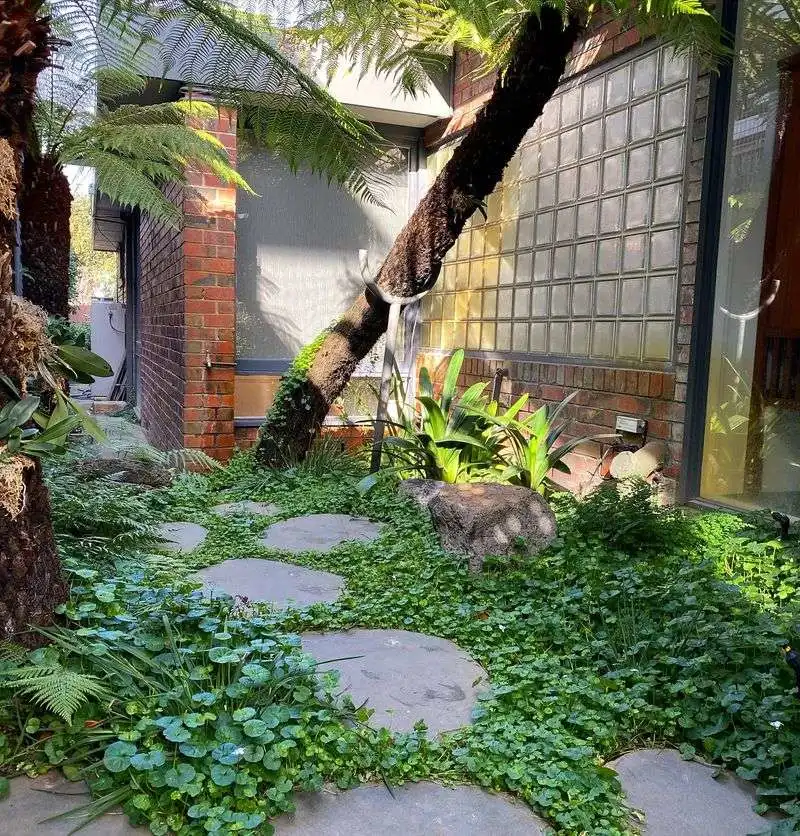
Ferns, with their feathery fronds, added a whimsical touch to the garden path. Their arching stems framed the stones, creating a natural canopy.
Each fern seemed to whisper secrets of the forest, their presence both mysterious and inviting. In the dappled sunlight, the lush green hues came alive.
These ancient plants not only softened the hard edges but also improved air quality and soil health. The ferns’ presence was a testament to nature’s ability to rejuvenate and redefine forgotten spaces.
Dandelions’ Underrated Charm
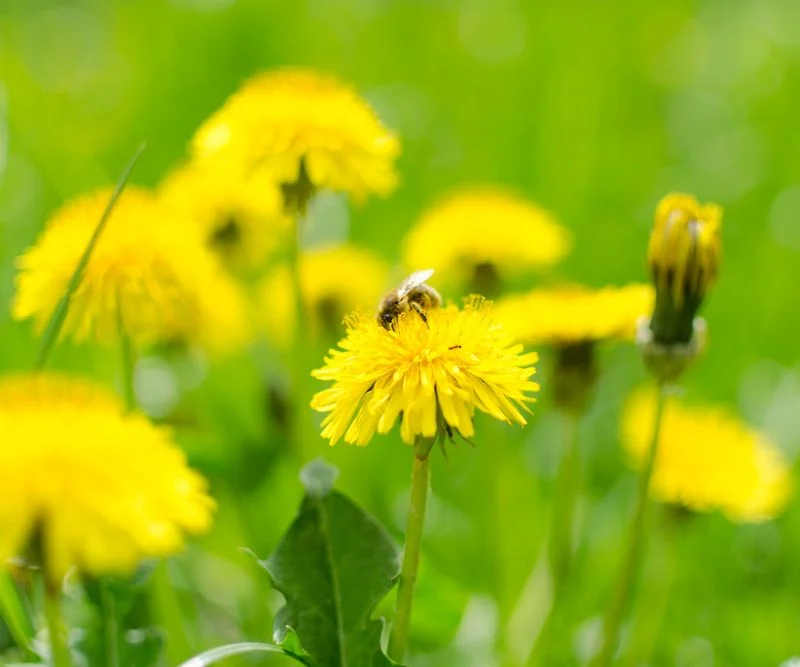
Often seen as a nuisance, dandelions brought an unexpected charm to the abandoned path. The bright yellow flowers lit up the stones with a burst of color.
More than just pretty faces, dandelions are hardy pioneers, thriving in tough conditions. They provided much-needed nutrients to the soil as their deep roots aerated the earth.
Their sunny disposition and nourishing qualities challenged the notion of weeds, proving that beauty and utility can coexist. The dandelions’ cheerful presence was a reminder of resilience and adaptability.
The Ivy’s Elegant Embrace

Ivy, with its elegant tendrils, embraced the stones, weaving a tapestry of green. Its presence was both commanding and graceful, as it cascaded over the edges.
The ivy provided shade and shelter, fostering a microhabitat beneath its leaves. Its roots helped bind the stones together, preventing further erosion.
This climber transformed rough patches into a picturesque scene, capturing the essence of wild beauty. The ivy’s ability to adapt and flourish in diverse environments added character and depth to the path’s narrative.
Wildflowers’ Vibrant Symphony
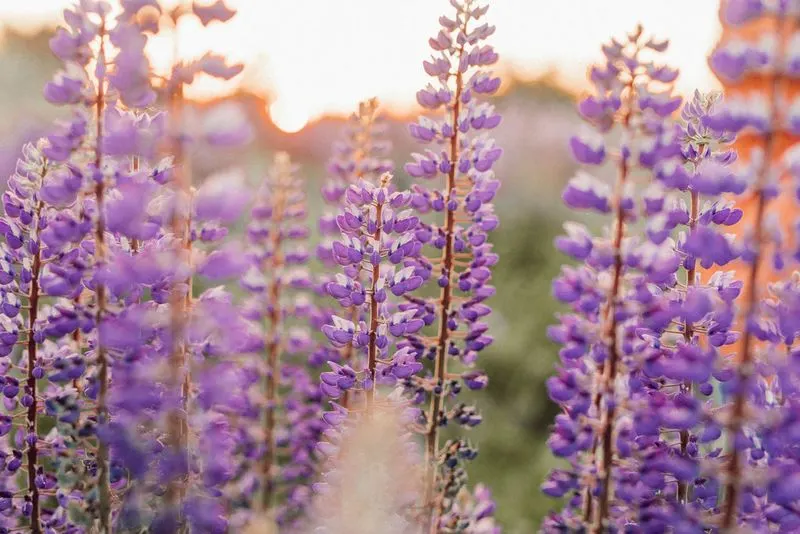
Wildflowers painted the garden path with a riot of colors, each bloom contributing to a vibrant symphony. These spontaneous bursts of life softened the stones’ rugged appearance.
From daisies to poppies, each flower played a part in this natural tapestry, attracting a variety of pollinators with their vibrant hues.
The wildflowers symbolized freedom and spontaneity, growing where they pleased and adding an element of surprise to the garden’s landscape. Their cheerful display brought joy and vitality to the once-abandoned path.
The Quiet Guardians: Mushrooms
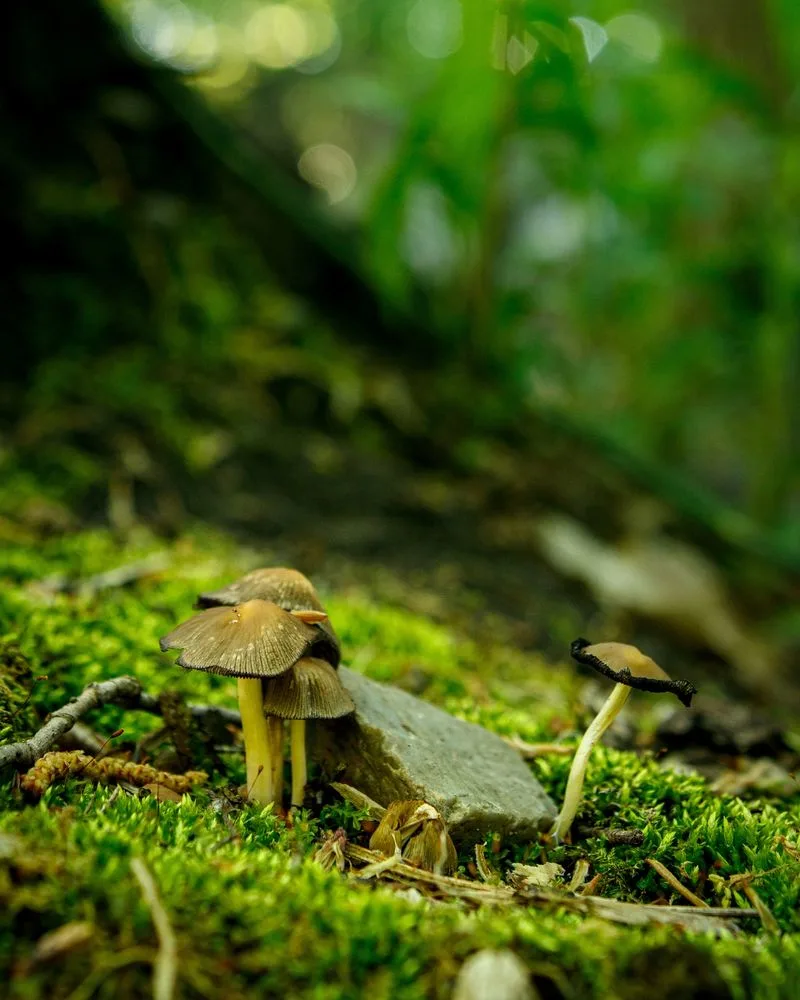
Mushrooms, the quiet guardians of the garden path, emerged subtly after rain showers. These fungi played a crucial role in decomposing organic matter, enriching the soil.
Their delicate caps and earthy colors added an understated elegance to the landscape. As nature’s recyclers, mushrooms fostered a balance in the ecosystem.
Their presence was a gentle reminder of life cycles and regeneration, turning decay into rejuvenation. The mushrooms’ ability to thrive in such niches highlighted the interconnectedness of all living things.

